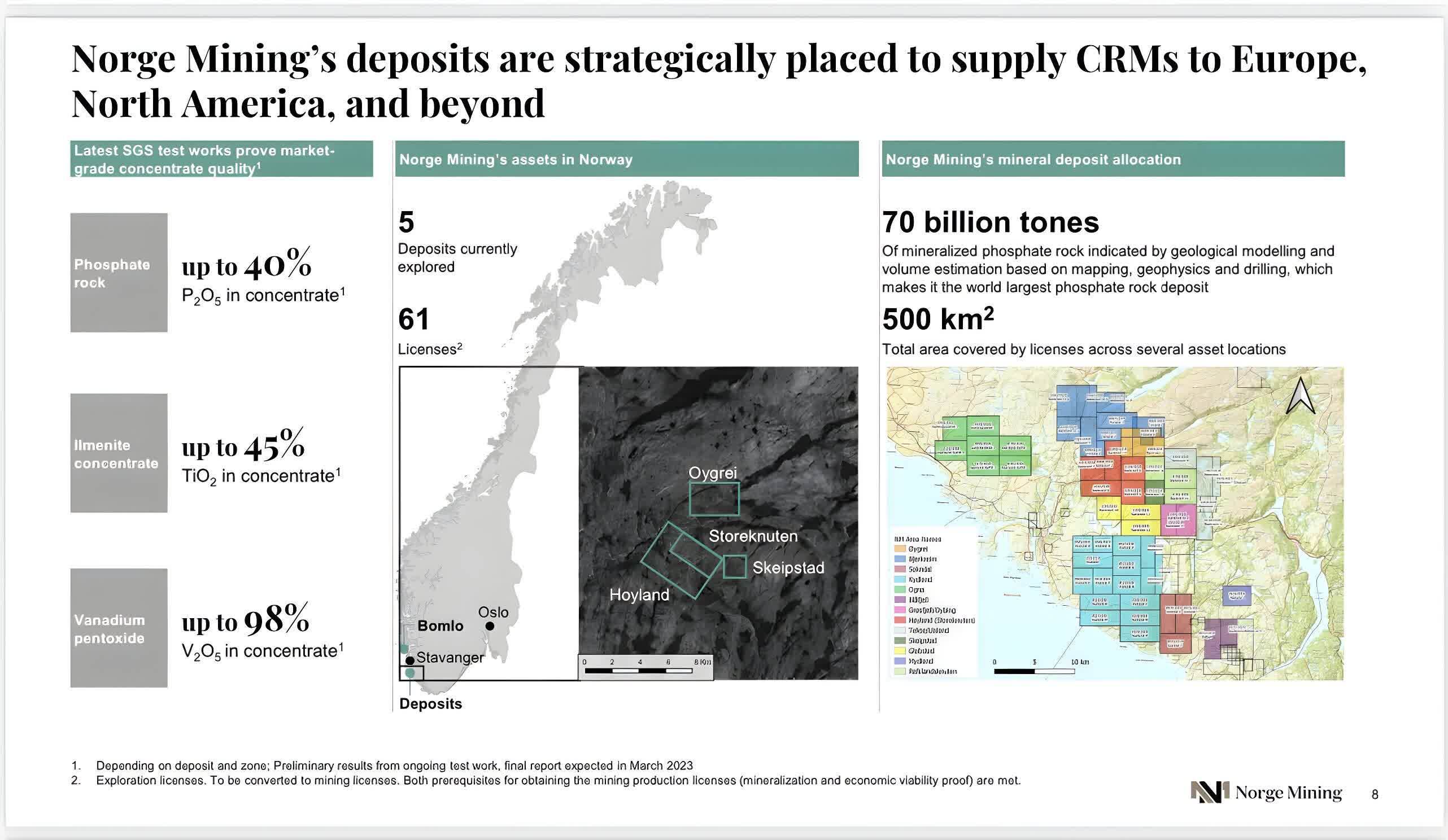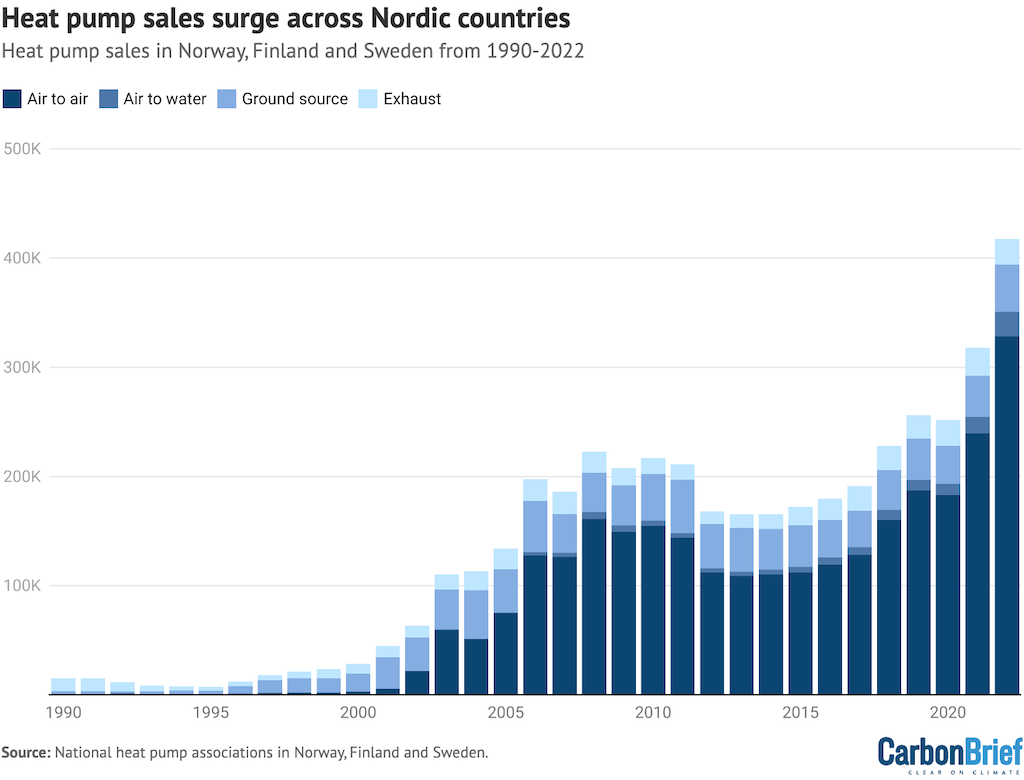Sus(tainable)
Short tip: add Here is the most relevant sentence in the context: to the end of your prompt to upgrade the retrieval accuracy from 27%

Sustainability thoughts
Norway’s wealth secret
- Norway’s recently discovered a crapton of phosphate. The one that’d be needed for new EVs and accumulators:

- The fun thing is Norway became a stable and a prosperous state by exporting oil and gas, with ~50% of revenues and >20% GDP coming from exports.
- Despite all that wealth, they’ve been investing like crazy with the Wealth Fund, currently the world’s biggest:

- An abundance of fossils, frugality concerning consuming own resources (e.g. using heat pumps and geothermal energy) are lowering country’s dependence on imports:

P.S. Heat pumps sold over the past 30 years contributed to a -72% drop in carbon dioxide (CO2) emissions from heating in Finland, -83% in Norway and -95% in Sweden.1
- So let’s sum it up on factors of Norway’s self-sustainability:
- diversifying exports revenues with their Wealth Fund
- not joining the EU and keeping own currency
- frugality in resource consumption
- high taxes and prices (yeah!)
- and finally, a crazy per-capita GDP due to, surprise, not in the least tiny population (5.5 M)
⚡ Urgent: not the cocoa, please 😢 The prices are the at 46-year-high, so my chocolate addiction will become more expensive…

And by the way, let’s delve some into the agri-sustainability
Agriculture problems

One of other issues we’ve covered before is the coffee’s “2050 problem”. Oh and by the way, it’ll touch a lot of crops.

Cashew
Avocado
Conclusions
We’re in for a lot of fuun and the need to not only optimize our AI inference, but the process of making food. So, it’s one of the trends VCs could point their eyes to. Mmm AI for sustainability
Nanobubbles for the win!

So, nanobubbles:
70-120 nm in size
Potentially dissolving gases up to 30x more efficiently = more oxygenation, less biofilms, better nutrient absorption = better yields in agtech!
Scalability issues, which one of the startups, Moleaer, claim to have largely solved
Some advantages for wastewater treatment, too: more oxygen for the good bacteria to flourish + binding surfactants
“We focus on food, energy, and water, so anything that is grown, whether it’s fish, or animals or crops, and anything that is mined, needs water, so those are all enormous market opportunities for us. We also treat harmful algal blooms, so when there is a large body of water that is requiring some sort of treatment and they don’t want to use enormous loads of chemicals, we’ll get called in to take a look.” Moleaer
Links
Your pitch deck should be machine-readable to be assessed by an LLM. Oh, and your CV, too!
Startup idea viability calculator, and some financial models to boot
A directory of simple and noice websites that are earning scores
An awesome list/dashboard of longevity companies. Another one for SpaceTech.
Welcome to Teleogenic/Boi Diaries❣️
Other places I cross-post to:
Footnotes
Reuse
Citation
@online{kogan2023,
author = {Kogan, Zakhar},
title = {Sus(tainable)},
date = {2023-12-07},
url = {https://teleogenic.com/posts/231205-sustainability/},
langid = {en}
}